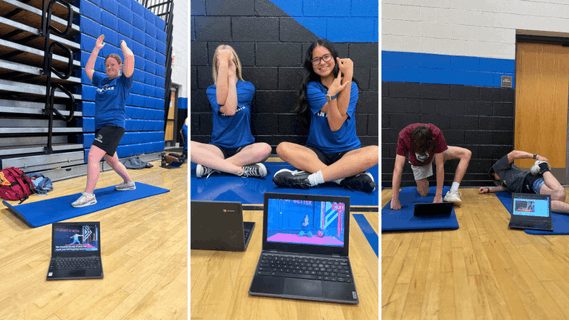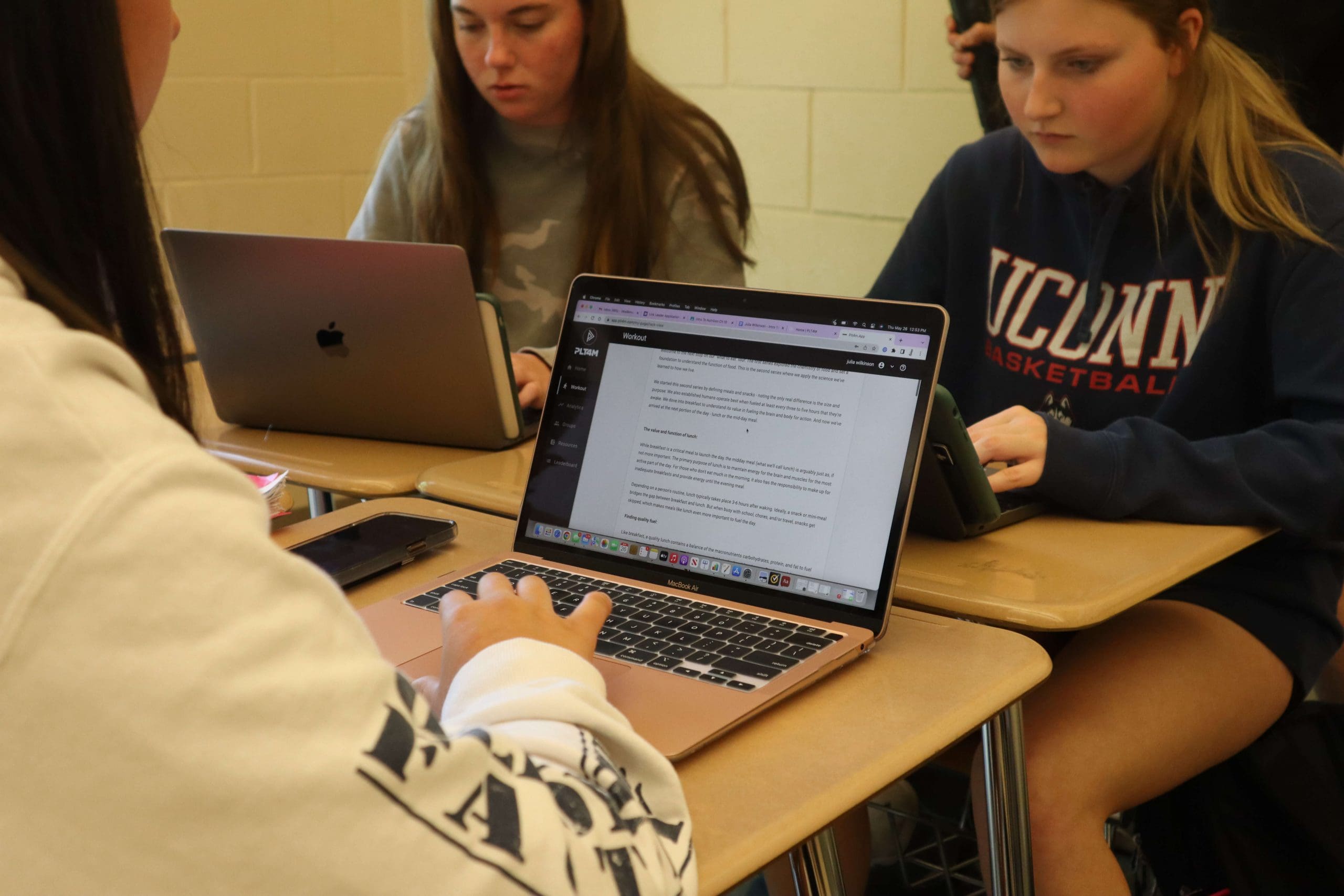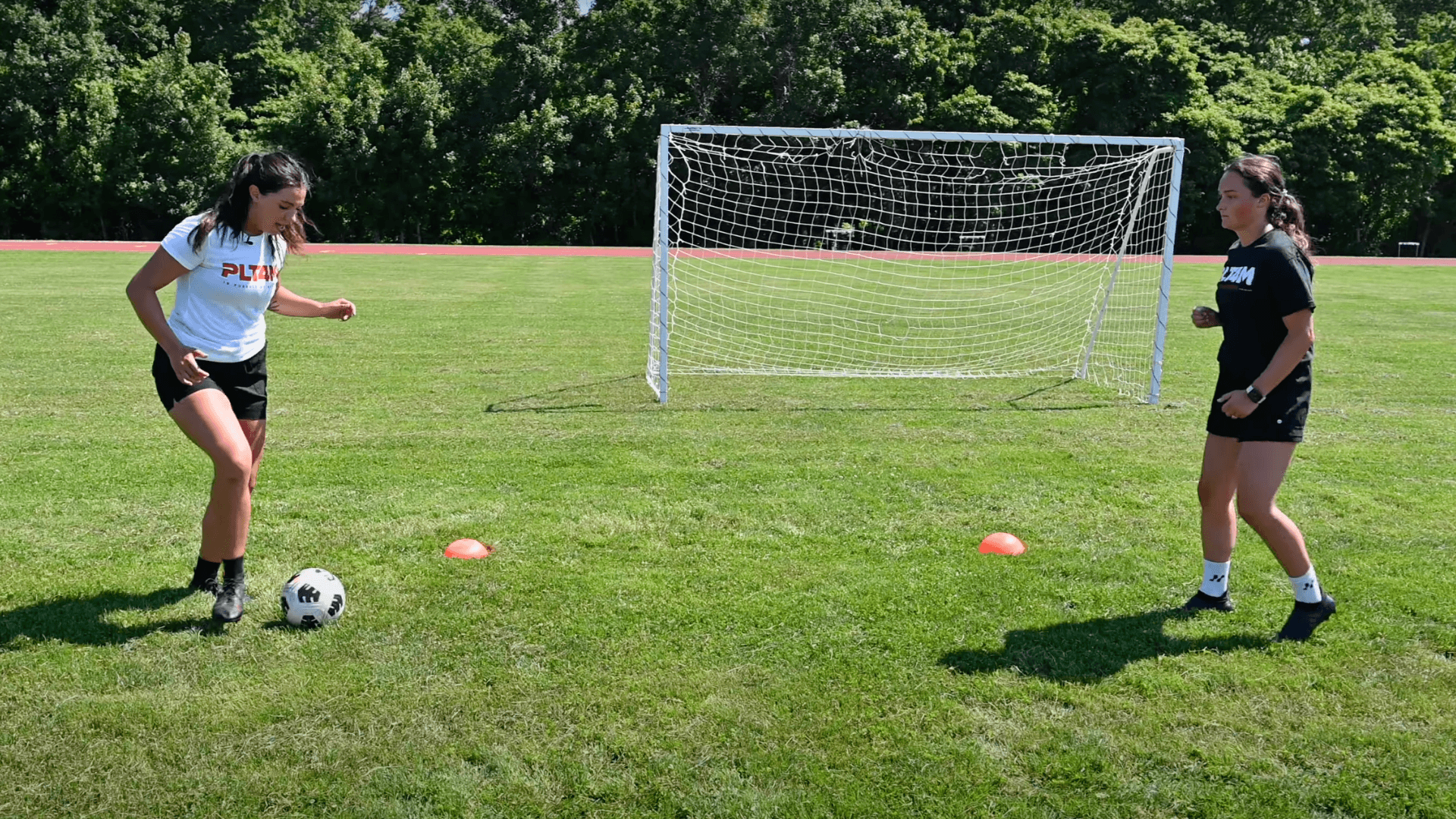One of the biggest issues we see on a regular basis is athletes sacrificing depth and form during the back squat in favor of loading up the bar with heavy weight.
By shutting down the range of motion to just a partial squat, athletes are minimizing many of the intended benefits that can come from improving baseline strength. First, they eliminate one of the biggest athletic advantages there is – movement. They are completely neglecting one of the most foundational movements in life, let alone athletics. For our money, an athlete will see far greater results perfecting an air squat than working with heavy partial squats. Especially at their age – they need to establish good habits or it will hold their progress back in the future, poor movement begets strength plateaus. Second, they are wasting their time. Sure, partial squats can play a role in a good performance training program, but not as a Core Strength lift. They are literally performing less work (work is a product of force and the distance traveled) in any given set. Those sets are crucial for increasing time under tension and metabolic stress which are responsible for all of those things you’re working towards: muscle hypertrophy, strength gain, conditioning, etc.
Worse, it’s during these misguided attempts that we see the “ugliest” reps – you know the ones we’re talking about: knees driving down and in, the chest dropping forward, bar rolling towards the head, lower back and neck compensating for poor form. This is where injury happens, it’s just common sense. You’re at a far greater likelihood of failure and injury when the weight on the bar is something with which you could never perform a full rep.
It’s our job, as coaches and teachers, to make sure we are holding athletes accountable. Make sure they know the benefits of perfecting their movement first, reinforce good habits, and set them up for success!
The Squat: Range of Motion Before Weight
Share this article:
Recent Posts
Interested if PLT4M can work at your school?
Follow Us!
Big thanks to @PLT4M for highlighting some of the special things we do in our BHS weight training classes!!
Bloomington has evolved weight training classes through a renovated space, new technology, and a fresh approach to workout plans. See how!
What does your Middle School Health Curriculum look like?

Middle School Health Curriculum
PLT4M's middle school health curriculum can empower students with the knowledge and skills to make healthy choices now and into the future!
hubs.li
“We want students to lift and exercise in high school, but also for the rest of their lives. That means we want to develop lifelong skills that promote health and safety throughout our classes.”

Life Lessons & Lifting - Inside The Waynesville Weight Room
At Waynesville High School, students are working hard, seeing results, and building lifelong physical and mental skills.
hubs.li
In what ways can our schools, specifically PE and Health Departments, mitigate the mental burden our students are currently under?

How To Improve Mental Health In Schools
We explore how to improve mental health in schools using physical education and health classes as a conduit for success.
hubs.li
PE Final Exam. PT and then graphing progress/data in the Athletic Training Facility. @BR_Schools @plt4m
“When we give students more choice, they are more likely to engage. Choice has helped students staying on task, working hard, and seeing health and wellness benefits.”

Paradise PE's Push For Student Choice and Engagement
Paradise High School in Arizona has pushed for student choice in physical education that has led to new levels of student engagement.
hubs.li




